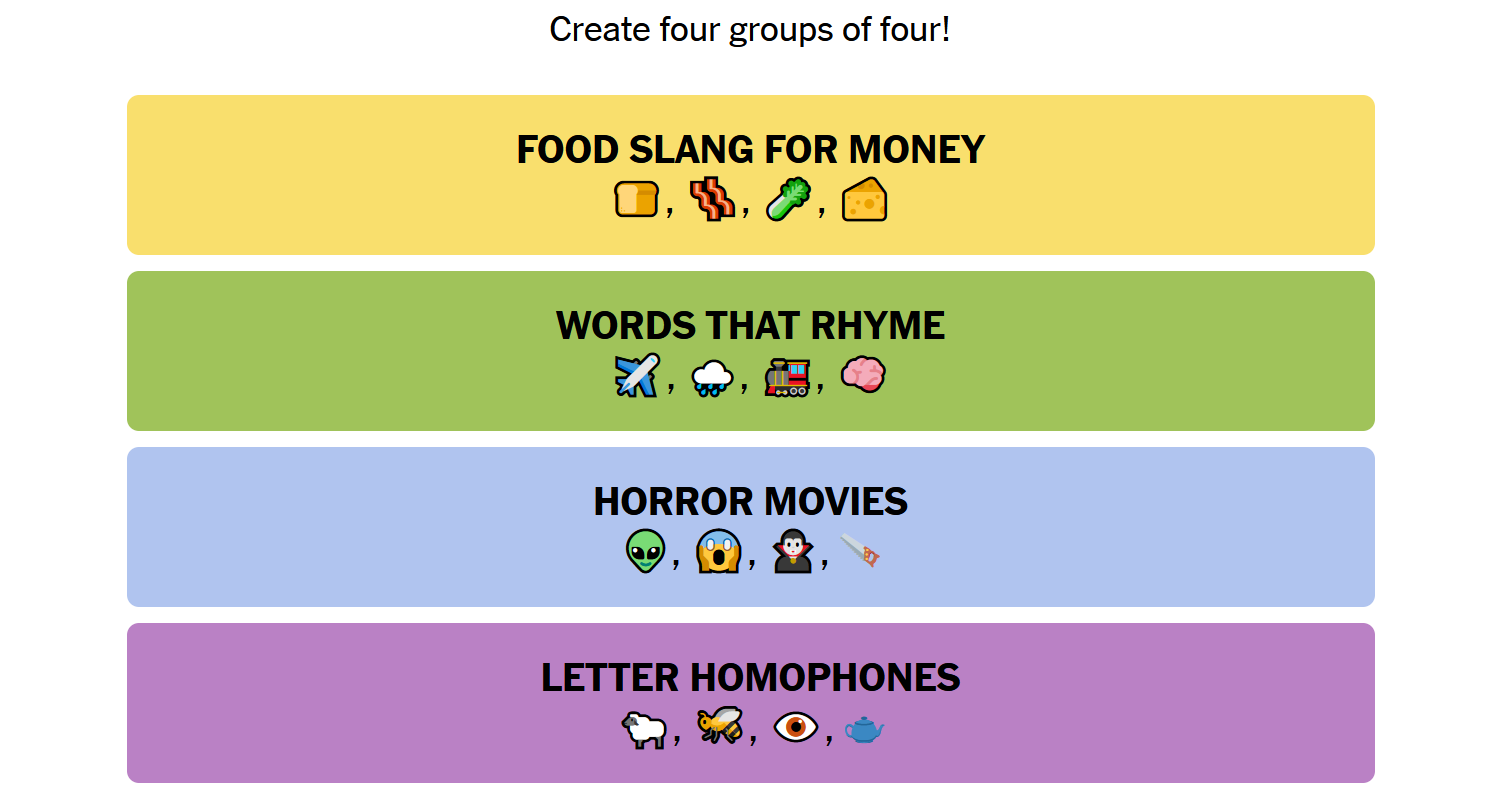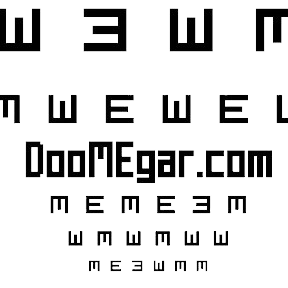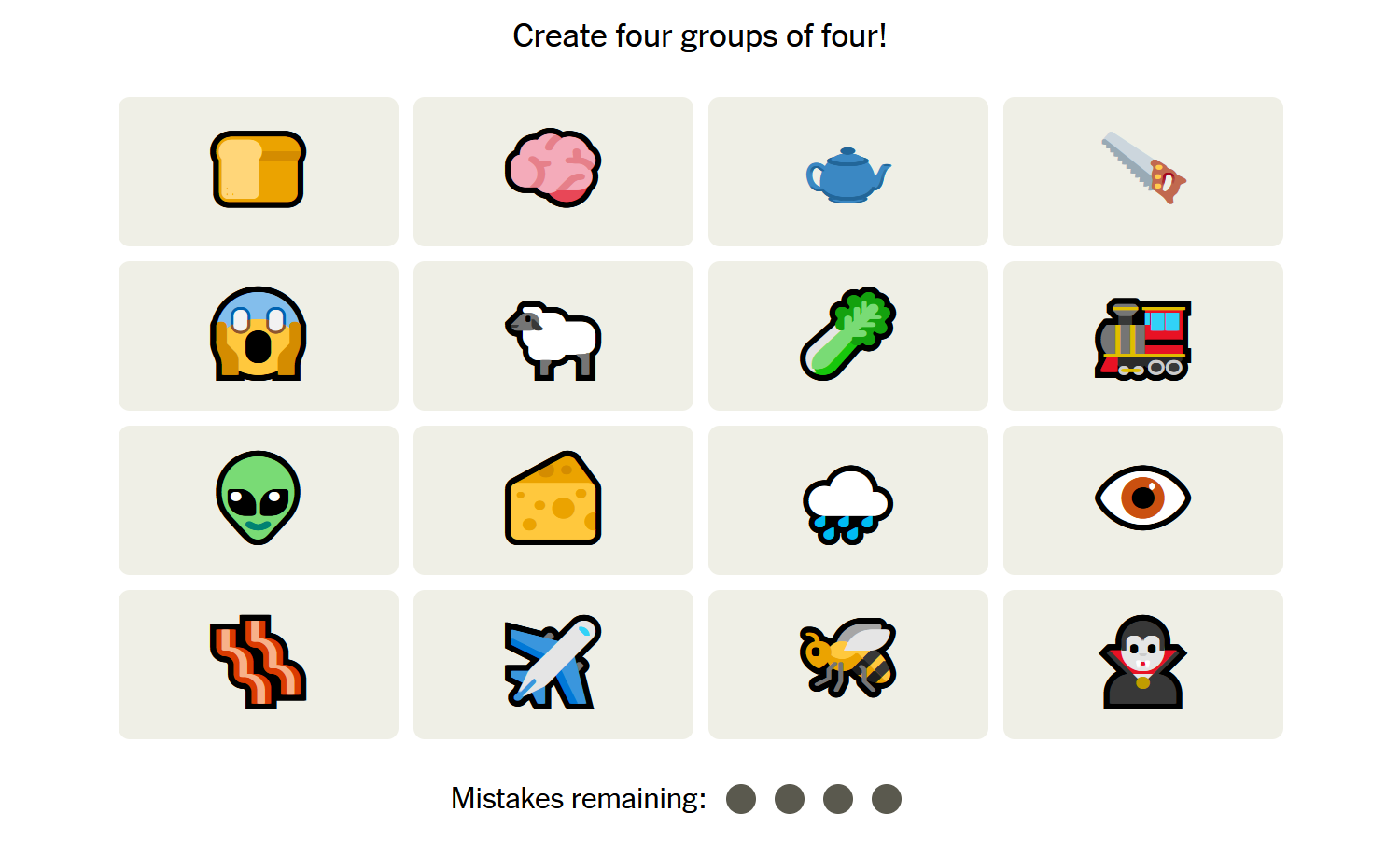Mind the spoilers at the end!
Connections is a game from the New York Times that challenges you to find the association between words. It sounds easy, but it isn’t—Connections categories can be almost anything, and they’re usually quite specific. If you need a hand getting the answers, we’ve got you covered.
What Is Connections?
Connections is a puzzle game from the New York Times. The objective is simple: sort 16 words into groups of 4. Each group of words will be connected by some common idea or theme. That common element could be anything from the number of letters in the words to a common use for all the words. Once you’re confident, select 4 words, then hit “Submit.” You have only four attempts in total, so don’t be too guess-happy.
Hints for Today’s Connections Categories
Connections switched things up for the April 1st puzzle. Instead of words, they’re emojis. Here are a few small hints to get you started on the 295th Connections game.
- Yellow: Tasty Money.
- Green: Words that sound similar.
- Blue: Spooky.
- Purple: Words that are also something else.
What Are Today’s Connections Categories?
If you still need help, the actual categories are:
- Yellow: Food Slang for Money
- Green: Words That Rhyme
- Blue: Horror Movies
- Purple: Letter Homophones
Today’s Connections Answers
 Yellow:
Yellow:
🍞(Bread), 🥓(Bacon), 🥬(Lettuce), 🧀(Cheese/Cheddar)
Green:
✈️(Plane),🌧️(Cloud),🚂(Train),🧠(Brain)
Blue:
👽(Alien), 😱(Scream), 🧛(Dracula), 🪚(Saw)
Purple:
🐑(Ewe), 🐝(Bee), 👁️(Eye), 🫖(Tea)
How Did We Solve This Puzzle?
Today’s Connections game changed things up: they were emojis instead of words! It was an entertaining change in pace, but did add some difficulty.
The first group of words we got was the Green category, “Words that Rhyme.” Saying each emoji aloud made the ones that rhyme stick out like a sore thumb. ✈️(Plane),🌧️(Cloud),🚂(Train),🧠(Brain)
The other categories were harder.
The next group we found was Purple, “Letter Homophones.” It wasn’t immediately obvious, either. 🐝(Bee), 👁️(Eye), 🫖(Tea) are all pretty straight forward. However, the last letter homophone required mentally jumping from the common term—sheep—to the much less common term, ewe.
With fewer emojis left, the idea linking 👽(Alien), 😱(Scream), 🧛(Dracula/Vampire), 🪚(Saw) became clear. They’re all related to the horror genre, and even specific horror movies if you take the vampire emoji to be Dracula.
The last category, Yellow, was just food slang for money, and included 🍞(Bread), 🥓(Bacon), 🥬(Lettuce), and 🧀(Cheese/Cheddar).
How Do You Guess Connections Categories?
There is no quick, reliable way to approach Connections like there is with Wordle, since Connections isn’t algorithmic. However, there are a few things to keep in mind that can help.
- Look for similar parts of speech. Are some words verbs and others nouns? Are some adjectives? Try mentally grouping them based on those categories and see if any other patterns jump out at you.
- Are the words synonyms? Sometimes categories will just be synonyms for a phrase, or very close to synonyms. Don’t rely too closely on this, though. Sometimes Connections will deliberately throw in words that are sometimes synonyms to mislead you.
- Try saying the words. Sometimes, saying the words helps. One puzzle we saw included the words go, rate, faster, clip, pace, speed, move, commute, and hurry—all of which are obviously related to the idea of motion. However, when you say them, it becomes a little more obvious that only four (go, move, hurry, faster) are things you’d actually say to prompt someone to get moving.
- Expect the red herring. Connections usually has words that could be plausibly, yet incorrectly, grouped together. Take the words Bud, Corona, and Light, as an example. You might instinctively see those three words together and assume they’re lumped together in a category related to beer—but they weren’t.
- Look for distinct words. If a word on your board doesn’t have multiple meanings or can really only be used in one context, try using that word as the basis for a category.
If you didn’t solve this one, don’t feel too bad—there’s always tomorrow! And those words may align with a topic you’re interested in, giving you a leg up on the competition.



دیدگاهتان را بنویسید